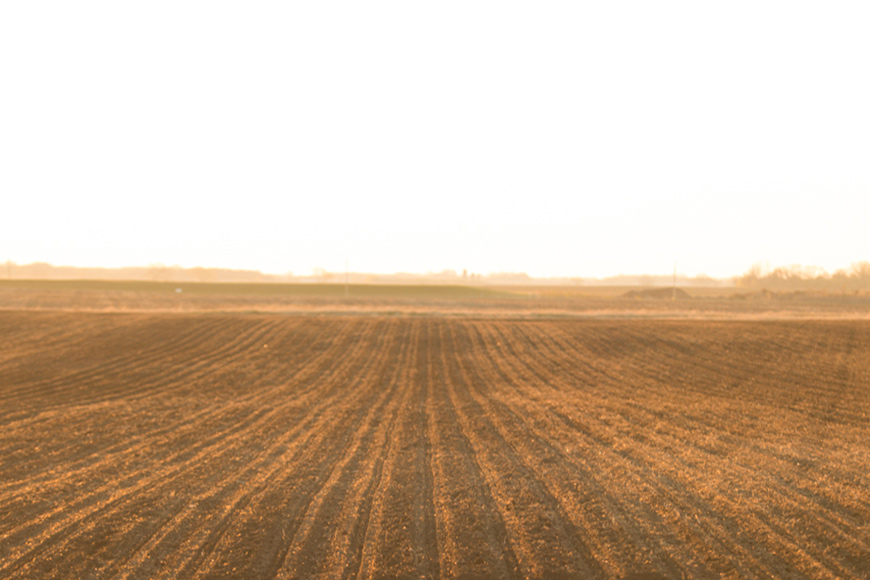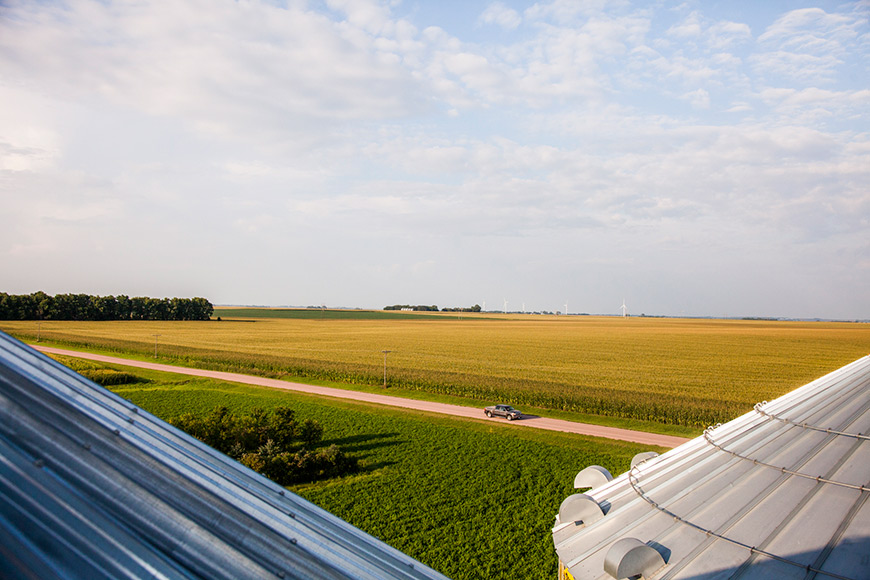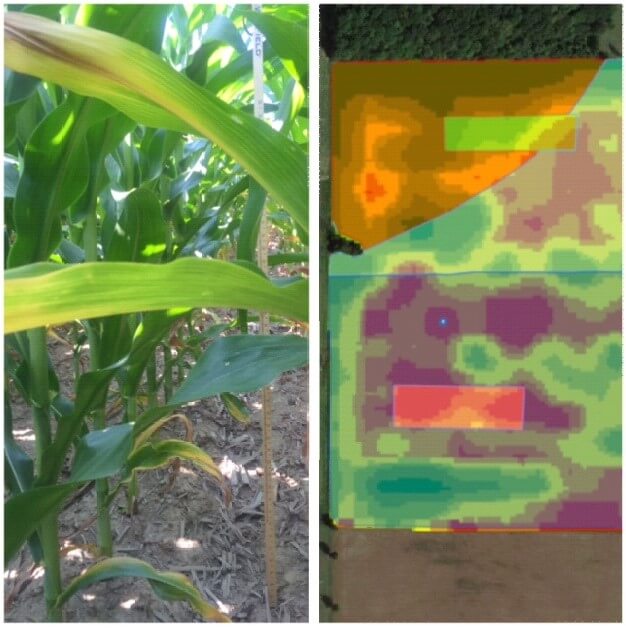3 Insights to Help Assess Your Soil Health

As the days get shorter and cooler, your main objectives are probably to get crops harvested and complete any fall tillage or other soil prep before the snow flies. Here’s one more thing to put on that shortlist: preserving the health of your soil. Assessing soil health is critical for understanding whether you’re on the right track to grow a successful crop or if you need to make improvements so subsequent seasons can be even better.
Here are three soil health insights to enable the best seed and management decisions on every acre and help you identify where data-backed profit potential lies.
Insight 1: Healthy soil requires a balance of biological, chemical and physical characteristics.
Soil health is a system with three pillars: biological, chemical and physical. The biological pillar is the microbial life in the soil that helps soils function and perform. The chemical pillar is the soil’s chemical properties — those macronutrients and micronutrients that support microbial activity and crop growth. The physical pillar provides the habitat and ultimately the resources for the microbial life and nutrient cycling that we need in the soil to facilitate plant production.
A good soil health system requires you to balance those components, allow them to work together and ultimately protect that balance. If you are experiencing subpar performance from your soils, consider what adjustments you can make in your production system to restore that balance: for example, planting a cover crop before or after your cash crop.
Insight 2: Small shifts in your soil management can have a large impact on soil health.
There are four ways I tend to think about changing soil health. You don’t need to adjust them all, and you can have multiple strategies to achieve these changes.
-
First, protect the soil by conserving organic matter and minimizing carbon release. For example, preserving postharvest residue is important. The objective is to blanket and safeguard the soil through good residue management.
- Second, minimize soil disturbance to reduce erosion. Tillage can be one way that you disturb the soil, so how can you modify your tillage practices? Consider using a ridge till or strip till system to help reduce soil disturbance.
- Third, maximize living roots during the production season. The sun’s solar radiation is transformed into sugar through living plant roots — the pathways for injecting food and energy into soil. Maximizing living roots can help feed the soil’s ecosystem and can include planting cover crops during the fallow period to replenish soil nutrients.
- Lastly, diversify your cropping system. Ways to achieve this include planting a cover crop, having a crop rotation strategy, implementing effective nutrient management practices, using tested and verified microbial products, and controlling rainfall or drainage depending on your environment.
Insight 3: Measure so you can manage soil health.
Work with your agronomist to identify what key changes you want to make and how you’re going to change your farming operation to achieve them. Then determine the best way to test your soil and track your progress toward reaching that goal. For example, a soil chemistry test can measure properties like pH; the Haney test can determine how many of your soil nutrients are available to soil microbes; and a physical evaluation can measure things like compaction, aggregate stability and drainage. These tests and others, when performed consistently, can aid you in gathering trend data to help make more informed decisions.
Your local WinField United retailer can connect you with resources to help maintain or improve the health of your soil. Our Truterra™ Insights Engine partners provide farmers with tools and resources to track conservation progress on every acre and use that information to manage profitability while protecting air, soil and water quality. And WinField United’s SureTech® Laboratories offers state-of-the-art soil testing, including measurements of aggregate stability, active carbon, pH, macronutrients and micronutrients.
Talk with your trusted advisor about these options and other ways you can achieve better overall soil health in 2021 and beyond.
All photos are either the property of WinField United or used with permission.
© 2020 WinField United. SureTech® and WinField® are trademarks of WinField United.
Truterra™ is a trademark of Land O’Lakes, Inc.





